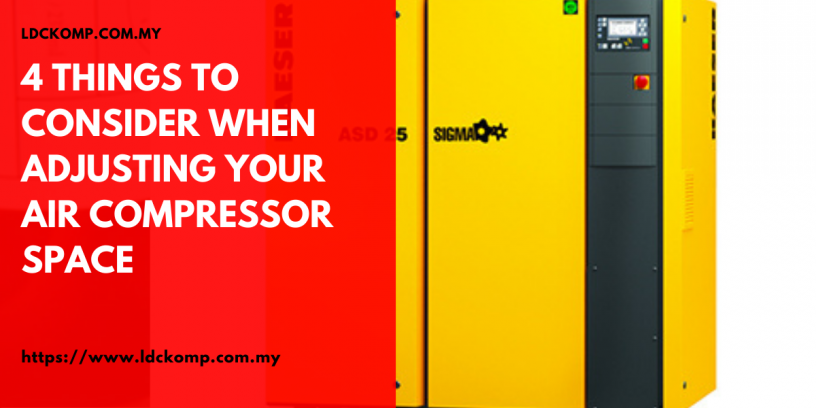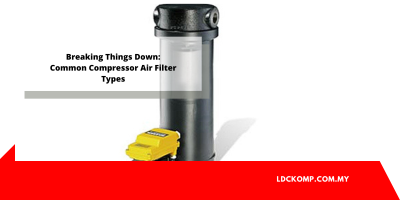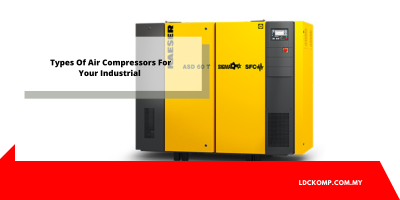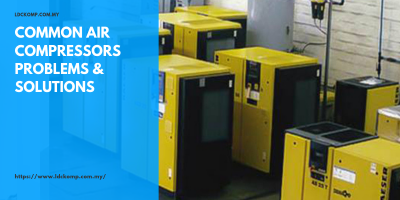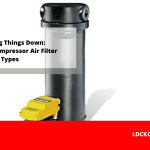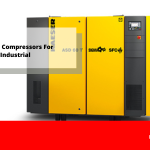Although most air compressors today and all relevant accessories can be purchased as fully integrated packages, it is important to remember that the method of installation and placement still has a significant effect on the performance and reliability of your compressor system.
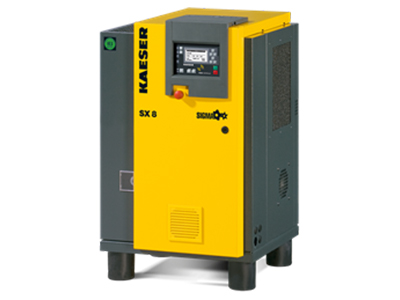
- Ensure that all of your compressors are centered and close to the point of use
Regardless of your industry, try to position your compressor system in one central location. This way, you benefit from increased operational efficiency, you also have a better chance of controlled ventilation and noise level control and, last but not least, protection against unauthorized access.
Wherever compressed air equipment is located, best practice demands that lead rings be used to avoid pressure drops in the system. Direct installation in a factory or operating space close to the point of use saves space and allows for energy savings as required pipe installation is shorter. It can also provide viable opportunities for energy recovery via air or refrigerant oil, for example.
Where space restrictions indoors require that the compressor be placed outdoors, strict steps must be taken to ensure all-weather protection, adequate foundation provision and minimum risk of ingress of dust, flammable or aggressive materials, and safe access to the air compressor. .
Usually only a flat floor with sufficient load-bearing capacity is required to install your air compressor. In most cases, vibration damping is already integrated into your existing compressor engine. However, most factories also install concrete underlay for their existing compressors to simplify the floor cleaning process and make room for new installations.
- Ensure sufficient space and proximity to supporting equipment
Basically for large installations with long pipelines, compressor facilities should be located centrally to ensure optimal routing in the distribution system. Ensure there is sufficient space for easy service and maintenance access and try to place the installation close to attachments such as pumps and fans.
Ensure sufficient room height so that the lifting equipment can handle the toughest components of the compressor, such as the electric motor. Ideally, the site for the air compressor should have excess floor space to install additional compressors for backup or future expansion. Providing drainage is equally important for handling condensate from compressors, aftercoolers, dryers, air receivers. It is also important to follow existing waste treatment and disposal regulations.
- Make sure the intake air is clean
For trouble-free and efficient operation, the compressor intake air must be clean and free of solid or gaseous contamination. Dust and dirt particles can cause wear and tear, and corrosive gases can seriously damage your air compressor. The air compressor inlet is usually located in the opening in the silencer enclosure, but it can also be located remotely in a place where the air is as clean as possible. Pre-filters, whether cyclonic, panel or rotary filters, should be used in installations where the surrounding air has a high concentration of dust. In such cases, the pressure drop caused by the pre-filter must be taken into account during the design phase of the installation.
It is also useful for cold air to enter. So choose an inlet position that is generally in the shade if possible when drawing in air from outside.
- Follow health and safety regulations
Consider disturbance due to noise or compressor ventilation requirements, providing drainage, and handling of a safe working environment, e.g. exposure to dust or flammable materials and aggressive substances in the air. If compressors are located in areas of a building that are used for other purposes or close to staff performing other tasks, then their health and safety needs to be considered, as well as accessibility to safety lines.
In order to ensure optimal performance and reliability of compressor equipment, as an essential part of the production process it is important to take all these considerations into account when designing a compressor room installation. Equally important is to work with a reliable partner for the installation of your air compressor.
For more information about kaeser air compressor Malaysia, please visit https://www.ldckomp.com.my/
